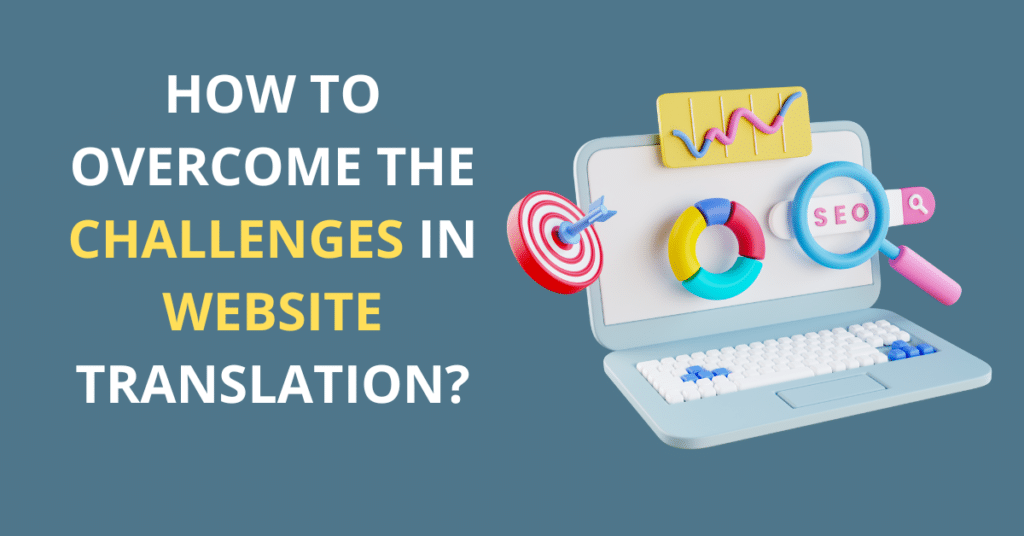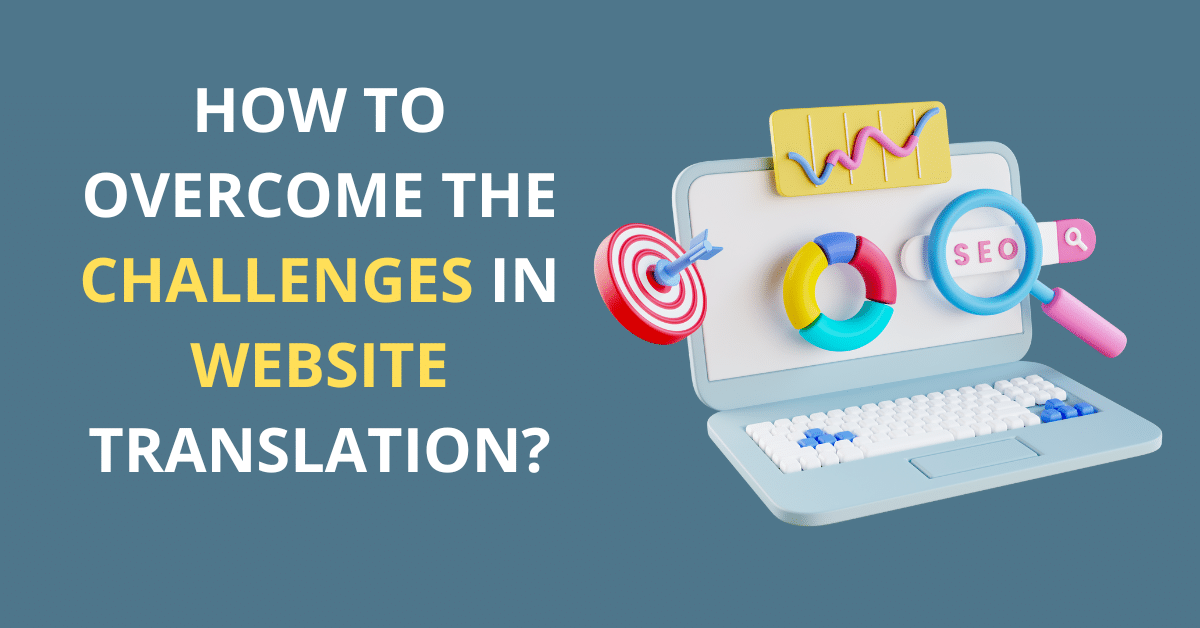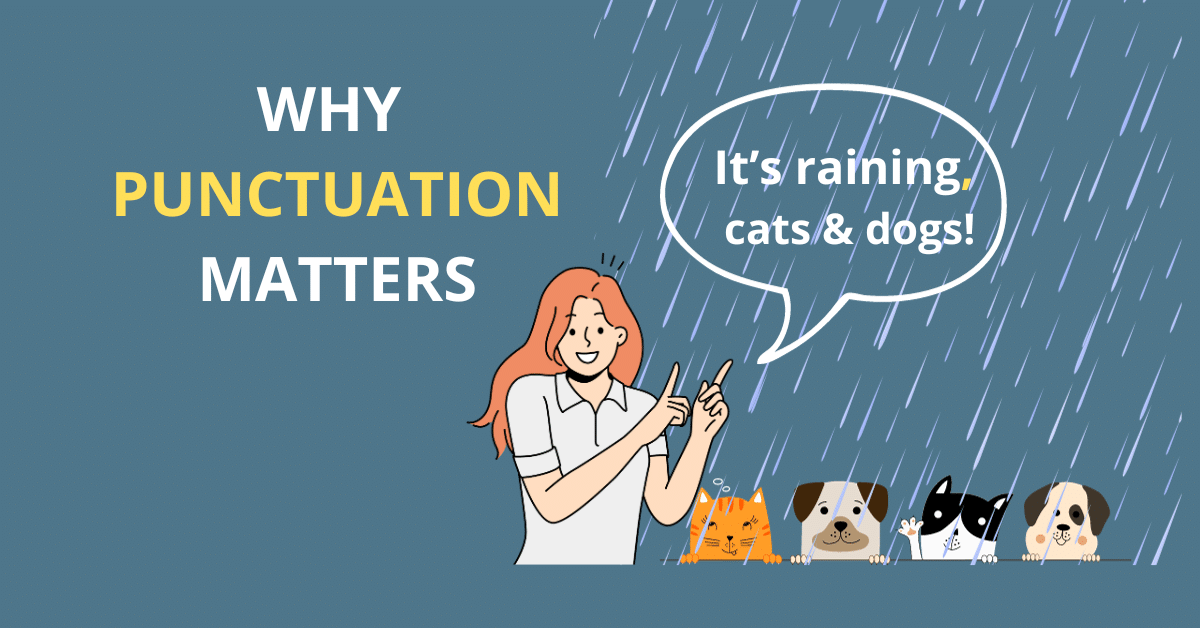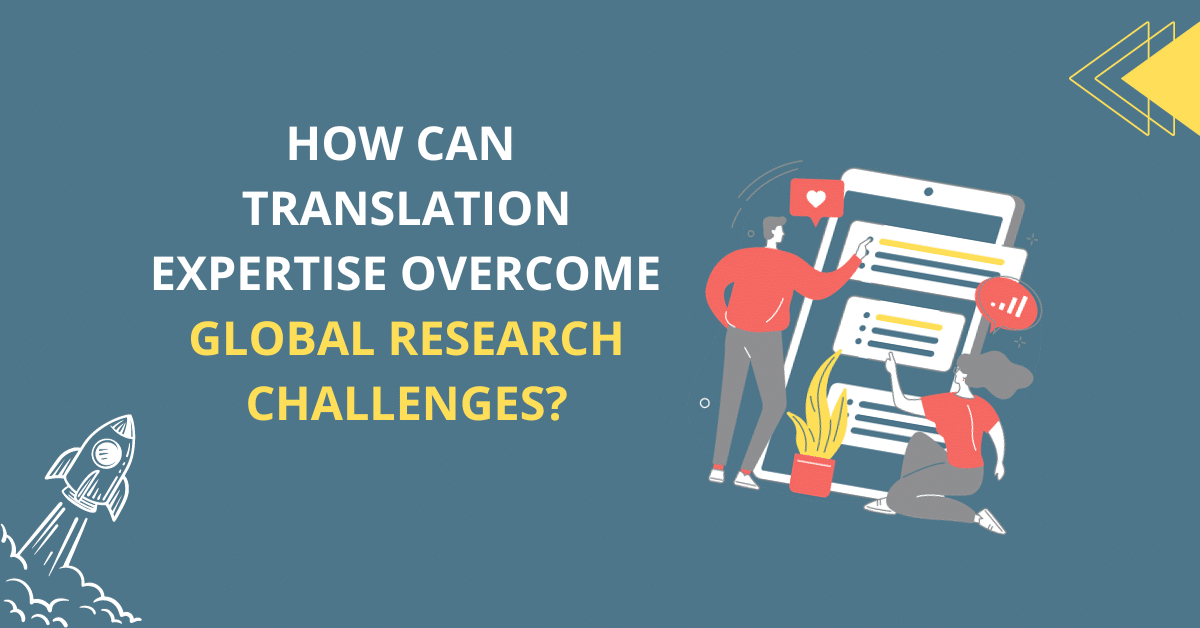The cultural puzzle of translation
Translation is not merely linguistic—it’s cultural. When you translate your website, you’re not just swapping words; you’re conveying your brand’s message to a new audience with its own unique values and humor. This process, called “localization,” involves adapting your content to fit cultural norms and expectations. It’s a delicate balance between maintaining your brand’s voice and ensuring relevance to the local culture.
Technical challenges and the role of SEO
While cultural adaptation lays the groundwork, the technical aspect of translating a website is where many practical challenges arise. This includes the correct use of hreflang tags, URL structures, and avoiding duplicate content—a common pitfall that can dilute your SEO efforts.
Hreflang Tags: more than just code
Hreflang tags are a critical component of international SEO. They signal to search engines which language and region your content is targeting, helping to serve the most relevant version to users. However, incorrect implementation can confuse search engines and lead to lower search visibility. It’s crucial to get this code right, specifying the correct language and country code for each page.
URL Structure: The path to clarity
Deciding on the URL structure for your multilingual site is another technical challenge. Whether you choose a country-code top-level domain (ccTLD), a subdomain, or a subdirectory, each has implications for SEO and site management. A clear, consistent structure not only helps search engines index your content properly but also enhances the user experience.
Avoiding duplicate content: a common SEO stumble
Duplicate content can occur when multiple versions of a site exist for different regions or languages without proper canonical tags. Search engines may struggle to determine which version to index, potentially affecting your rankings. Ensuring that each piece of content is unique and correctly tagged is vital for maintaining SEO integrity.
SEO Challenges in keyword translation
SEO doesn’t stop at structural considerations; it extends to the very words potential customers use to search for your products or services. Keyword translation isn’t as simple as direct translation; it requires understanding the search habits and language nuances of your new market. A keyword that drives traffic in one country may be meaningless in another.
For instance, an item of clothing might be searched for as a “kleedje” in Belgium and a “jurkje” in the Netherlands. This subtle difference means that for effective SEO, you must tailor your keywords to match local search terms, which can significantly differ even within the same language.
Analytics and research: the backbone of SEO Strategy
Thorough keyword research and analytics are indispensable. Free tools like Ubersuggest can help identify which terms have the most search volume, guiding your content strategy. Moreover, incorporating synonyms and related terms naturally within your content can improve search visibility without compromising readability.
Conclusion: Embracing the challenges for global success
Translating your website for international markets is a multifaceted challenge that, when done correctly, can open your business to the world. It requires a thoughtful approach to cultural differences, meticulous planning for SEO, and a keen understanding of linguistic nuances. By embracing these challenges and preparing thoroughly, you can ensure that your products and services resonate with customers, no matter where they are.




